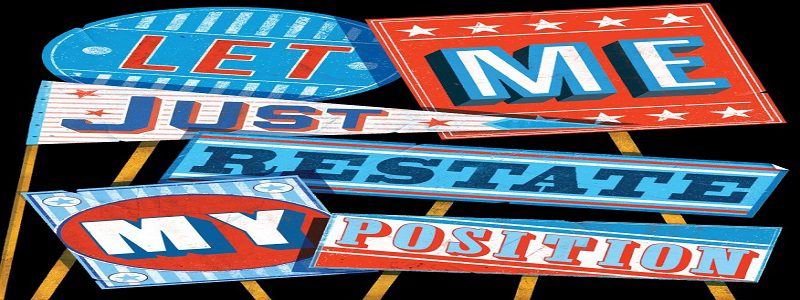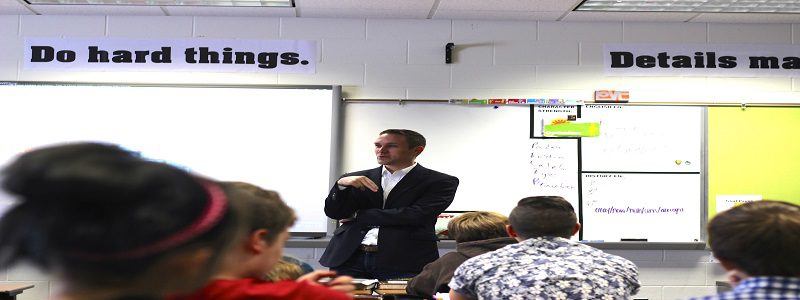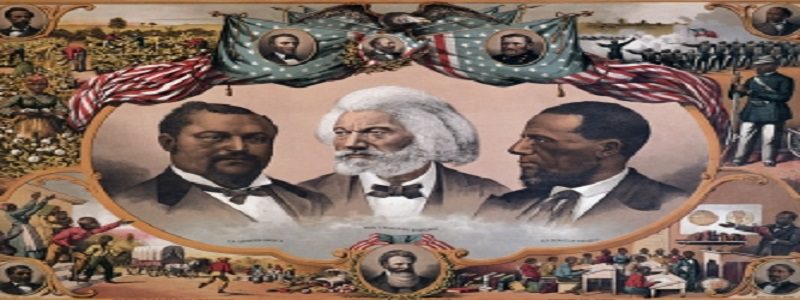Playing Political Pundit: The 2016 Presidential Debates Analytic Evaluator Activity
Overview
The presidential debates between Hillary Clinton and Donald Trump are lining up to be intensely dramatic, very extensively watched, and highly consequential to the outcome of the race. It might be that 100 million Americans view these debates – on September 26th, October 9th, and October 19th. Almost every one of past presidential elections in the modern era feature memorable (even unforgettable) moments produced by the debates: in the Clinton v. Trump debates history will inevitably be made, and the results of the election may be determined.
The Ultra-High Stakes of Debates
How to argue is something people are taught. . . . It’s something you can get better at, with practice. . . . For centuries, learning how to argue was the centerpiece of a liberal-arts education. (Malcolm X studied debate while he was in prison. “Once my feet got wet,” he said, “I was gone on debating.”) Etymologically and historically, the artes liberales are the arts acquired by people who are free, or liber. Debating, like voting, is a way for people to disagree without hitting one another or going to war: it’s the key to every institution that makes civic life possible, from courts to legislatures. Without debate, there can be no self-government. The United States is the product of debate.
— Jill Lepore, professor of history, Harvard University, New Yorker, September 19, 2016
‘The Debatifier’ and Refutation Two-Chance Featured on Popular Ed Blog
“The Debatifier” and the ACE activity Refutation Two-Chance were featured last week on the popular (35,000+ readers) and smart education blog run by Michigan high school teacher and writer Dave Stuart Jr.
The blog post recounts Dave Stuart’s implementation experience with Refutation Two-Chance.
Video in on Table Debates on the Reconstruction Era, Part 2
This video-based isolation and analysis of six elements essential to the effective performance and implementation of classroom debating picks up from the prior Debatifier post (part 1), which covered three of the six:
1 . Organized, discrete argumentative claims
2 . Authoritative administration of simultaneous debating
3 . Responsive refutation
Video in on Table Debates on the Reconstruction Era, Part 1
Oftentimes, the best way to investigate a teaching method or pedagogical approach is visual, via video.
The Helen C. Peirce School of International Studies, a K – 8 school in Chicago’s Edgewater neighborhood, conducted an ACE-supported argument-based project on the Reconstruction Era (1865 – 1877), following the Civil War, in their 7th grade Humanities classrooms last spring. Thanks to the immersive-learning and naturally-skilled guidance of lead teachers Ryan Lambert and Tiffany Brugman, the unit culminated in a series of very successful classroom debates. The issue that organized unit content instruction, and that formed the basis for the classes’ argumentation, was this:
Did the Reconstruction Era move African-Americans substantially closer to obtaining equal rights and freedoms?






